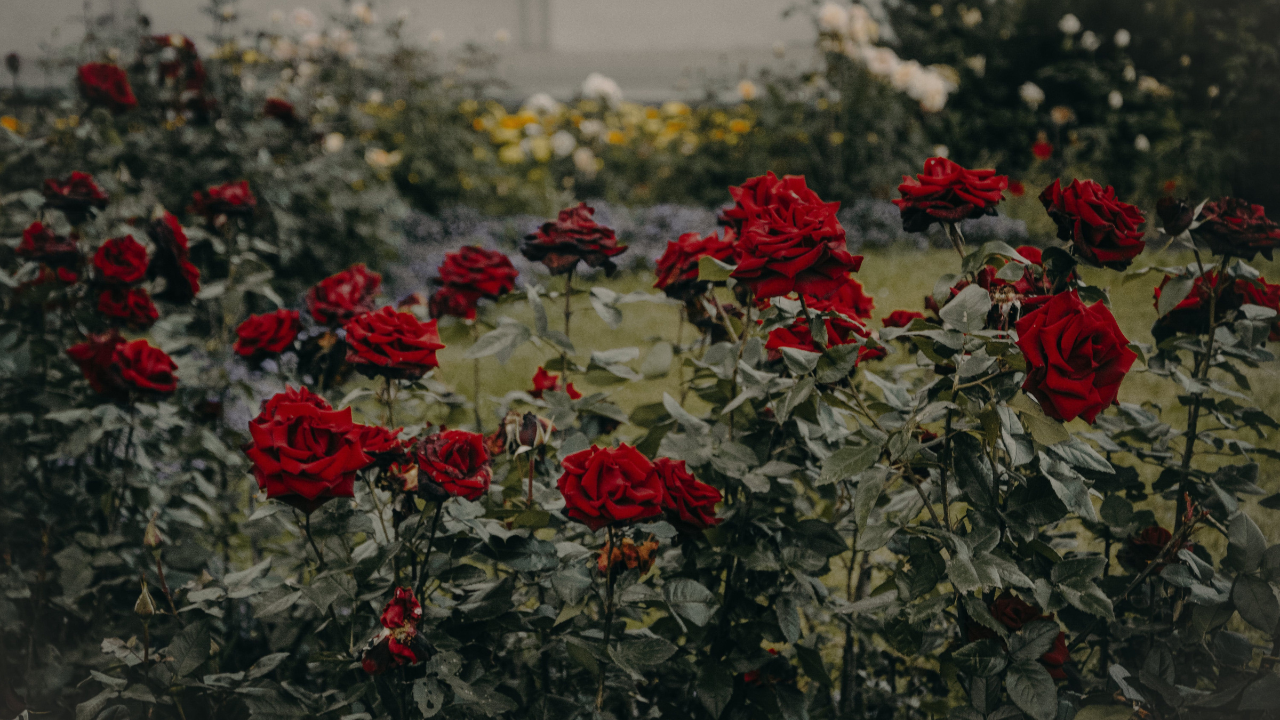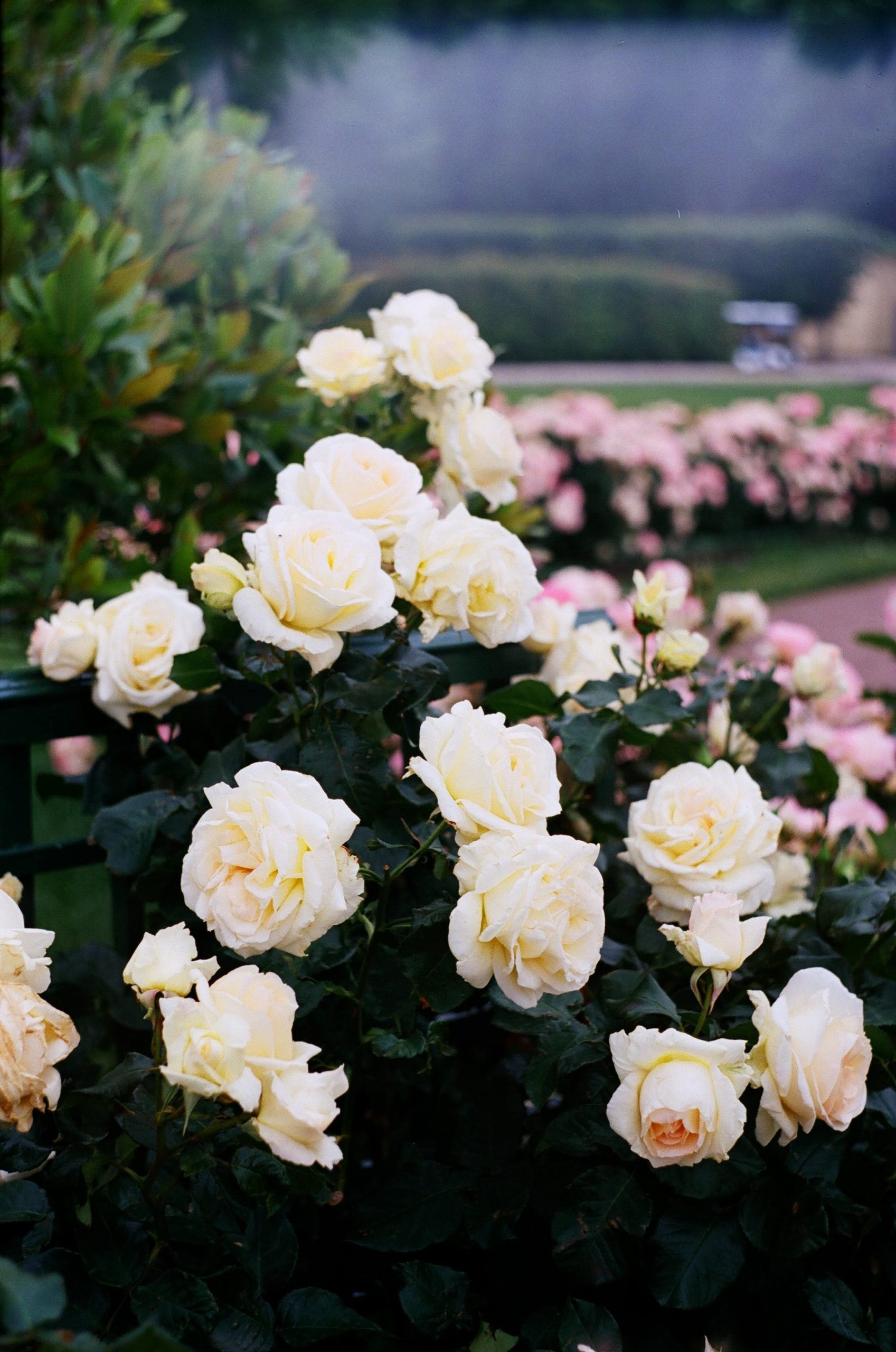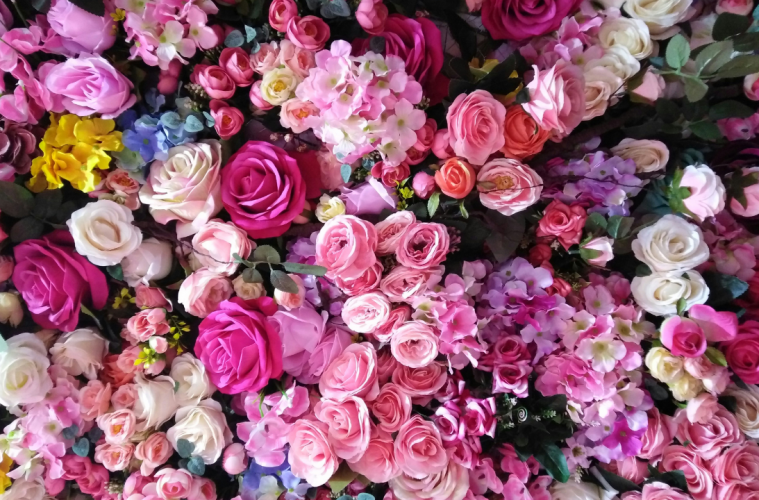When envisioning a stunning garden filled with velvety roses, it’s easy to imagine a scene straight out of a magazine or movie. However, turning that dream into reality requires careful attention to detail and avoiding common pitfalls that can hinder the growth of these beautiful flowers.
To ensure your roses live up to their ideal, here’s a guide to navigating around common mistakes that many gardeners make. With the right care, you can transform your garden into a haven of picture-perfect roses.
Common rose growing mistakes to avoid:
Choosing the wrong location
Roses come in various sizes and types, each with specific requirements. Reading the label before purchasing is crucial. Ensure your chosen spot allows the rose to thrive, considering factors such as sunlight and space.
Skipping soil amendments
Even the perfect location requires optimised soil conditions. Enhance the soil by digging a generous hole and incorporating organic compost or manure. For heavy clay soil, adding materials like ground bark improves drainage and texture.

Unsplash
Not accounting for pets
Pets can be one of the most common reasons why your rose bushes are damaged and not growing as the should. Installing a fence or barrier or using odour-based repellents can deter them, depending on your garden’s size.
Skimping on water
Roses love water, but soggy roots are a no-go. Water at least once a week in dry weather, avoiding wet leaves to prevent diseases. Various methods, such as hoses, watering cans, or drip irrigation, can be used.

Pexels
Delaying deadheading
Regularly removing faded flowers promotes new blooms and a tidy appearance. Make this task more manageable by twisting off old flowers each time you pass by or pruning the entire plant back if needed.
Putting off pruning
Annual pruning in spring shapes the plant, encouraging healthy growth. Using telescoping pruners and other tools can make the task easier and less prickly.
Going overboard with pest control
Not all insects are harmful to roses; many are beneficial pollinators. Avoid unnecessary harm by opting for less toxic organic pest control options only when necessary.
ALSO READ: How to grow roses from cuttings of your favourite varieties
Not providing enough fertiliser
To maximise blooms, apply fertiliser after the last spring frost and again after the first bloom. Repeat monthly until September, but be cautious not to fertilise too late, as the plant should be entering dormancy for winter.
Not removing plants with Rose Rosette Disease
Keep an eye out for unusual growth, which could be a sign of the serious Rose Rosette Disease. Promptly remove affected plants and dispose of them properly to prevent the disease from spreading.
ALSO SEE:
Feature image: Pexels

